 Bird wise, it is the height of nesting season for birds in Central Texas. A White-eyed Vireo had 4 eggs in the nest at Tobacco Creek. I “pisshhed” in a female Golden-cheeked Warbler at East Park Boundary with nest material in her bill, and I saw a female Summer Tanager collecting cobwebs. A female Black & White Warbler was observed flying away with a caterpillar at Tobacco Creek, and finally, I found a Black-chinned Hummingbird nest above the seep at Tobacco Creek. The female was adding her final touches to an already lichen laden nest.
Bird wise, it is the height of nesting season for birds in Central Texas. A White-eyed Vireo had 4 eggs in the nest at Tobacco Creek. I “pisshhed” in a female Golden-cheeked Warbler at East Park Boundary with nest material in her bill, and I saw a female Summer Tanager collecting cobwebs. A female Black & White Warbler was observed flying away with a caterpillar at Tobacco Creek, and finally, I found a Black-chinned Hummingbird nest above the seep at Tobacco Creek. The female was adding her final touches to an already lichen laden nest.  In the photo above you can see the nest, without bird, protruding from a broken off limb.
In the photo above you can see the nest, without bird, protruding from a broken off limb.There is still no activity at any of the ten nest boxes. However migrants are still moving through as evidenced by the many Nashville Warblers heard and seen. Several Northern Parulas are still present and two new arrivals for the year were a Warbling Vireo and a Swainson's Thrush. I also watched and tried to photograph a Lark Sparrow from the Primitive Campground Parking Lot up on the hill. The photo to the right is a Lace Hedgehog Cactus correctly identified by Irwin Lightstone, president of the North Texas Cactus & Succulent Society. The Hedgehog Cactus is a small cactus species found in rocky open areas within the park.
 The Pedernales River is 106 miles long originating 25 miles SE of Junction, Texas. It drains an area of the Edwards Plateau running west to east and empties into Lake Travis 10 miles west of Austin. With the volume of water the river moves, many natural and man-made materials get washed into it. Pictured here is a lounge chair pad hung up on a branch along a fast flowing portion of the Pedernales. Just a few weeks earlier I found a drowned dog hung up on the same stick. The Earth's rivers readily show how much humans have impacted the natural environment.
The Pedernales River is 106 miles long originating 25 miles SE of Junction, Texas. It drains an area of the Edwards Plateau running west to east and empties into Lake Travis 10 miles west of Austin. With the volume of water the river moves, many natural and man-made materials get washed into it. Pictured here is a lounge chair pad hung up on a branch along a fast flowing portion of the Pedernales. Just a few weeks earlier I found a drowned dog hung up on the same stick. The Earth's rivers readily show how much humans have impacted the natural environment.

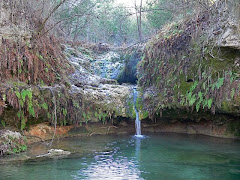
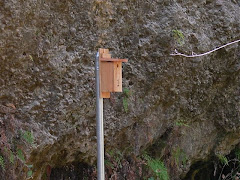
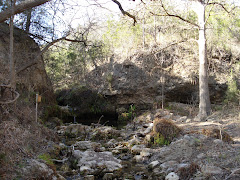
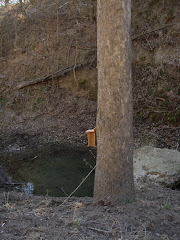
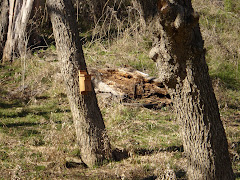




1 comment:
Interesting to know.
Post a Comment